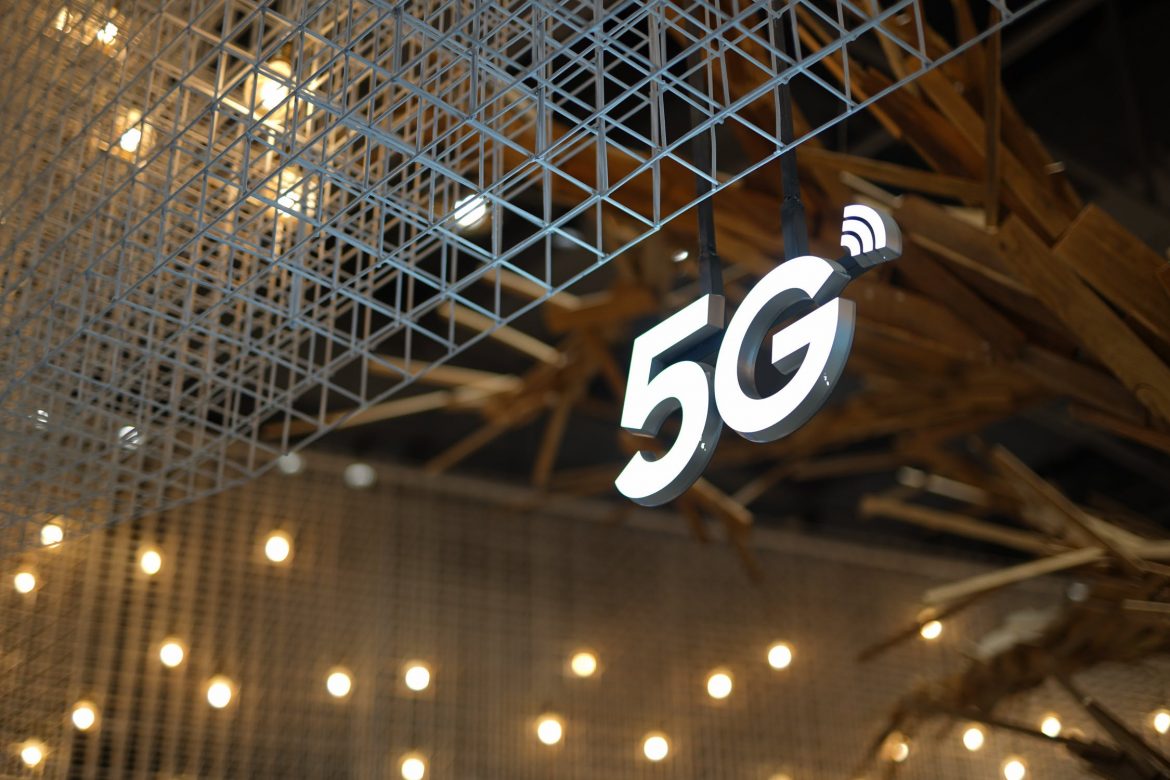You could have the most expertly designed Wi-Fi network, but without a Wi-Fi Site Survey, how will you know it will actually work as intended?
When it comes to designing and installing a wireless network, the most important thing is that it meets the demands of your users.
The great thing about a Wi-Fi Site Survey is that can test your wireless network when it’s in the design stages and predict whether it will work or not, as well as within an already deployed network that needs some changes or additions made.
Driving your Wi-Fi network design choices and deployment with data removes the risk of your wireless network failing to meet the needs of your enterprise.
Gone are the days where a surveyor is laden down with computer setups, trudging around like a donkey. Nowadays it’s all the latest tech and we can carry out a Wi-Fi Site Survey with just the phone in our pocket.
Validating your Wi-Fi network has never been more straightforward. Good news if you’re about to be designing your Wi-Fi network! Not only that, but it also makes it easier and quicker for businesses to be able to survey their Wi-Fi on a regular basis, ensuring that they continue to operate reliably. This is particularly important for anything that is business critical.
What is a Wi-Fi Site Survey?
Well first things first – You might be wondering what actually is a Wi-Fi Site Survey? The purpose of a site survey is to visit the network premises and capture Wi-Fi signal and spectrum data. It also allows you to investigate the best places to mount access points and identify accessibility for necessary cabling.
Getting a Wi-Fi site survey can test out a predictive Wi-Fi design before you deploy it on the network as well as check that any changes or additions to an existing network will work effectively.
Why would I need a Wi-Fi Site Survey?
There are a few different scenarios where we would recommend a Wi-Fi Site Survey.
- Wi-Fi Design Site Survey – This survey is carried out on site before you’ve started to design your wireless network. Performing a Site Survey at this point allows you to create a predictive Wi-Fi network using data captured on the survey, including RF conditions, neighbouring networks, available/ congested channels, interference and accessibility for mounting AP’s.
- Pre-Deployment Site Survey – Once you’ve designed your Wi-Fi network, you can use a Wi-Fi Site Survey to test your design and simulate the performance of antenna and access points. This data is acquired by placing an AP in the relevant location(s) and then analysing the Wi-Fi, making sure that the network would function as predicted in the design.
- Post-Deployment Wi-Fi Site Survey – The role of this Wi-Fi Site Survey is to identify whether a deployed network is working as intended. That means meeting performance expectations laid out in the predictive stage of the wireless design.
- Health Check Wi-Fi Site Survey – The best networks carry out regular ‘health checks’ to make sure everything is functioning as it should. This means that any changes you need to make to your network are proactive rather than reactive. Why wait until your end users are experiencing Wi-Fi problems that could produce a costly Wi-Fi outage? A Wi-Fi Site Survey at this stage can help pick up any issues with interference, coverage and capacity, nipping any potential problems in the bud.
- Troubleshooting Wi-Fi Site Survey – This is the Wi-Fi Site Survey you would carry out if you were already experiencing problems. A more reactive survey in which you can identify the underlying cause of the problems your end users are reporting. You can then go back to the design stages and re-deploy your wireless network for more effective working.
Why is a Wi-Fi site survey important to validate your wireless network after the design stage?
As we said above, by carrying out a Pre-Deployment Wi-Fi Site Survey, you can test the predictive Wi-Fi design before installing it. Validating your wireless design with a site survey gives you peace of mind that the network you are deploying will work effectively. Any potential niggles can be identified, and designs can be amended before you’ve started the deployment.
No one wants to have run cables and installed AP’s only to find that they work much more effectively in a different location! It’s also very handy to find out any potential causes of interference so you can take steps to avoid them.
You could think of a Wi-Fi Site Survey as a bit of an insurance policy. It’s the smart way to avoid mistakes and ineffective networks, not to mention time-consuming and costly re-design processes should a wireless deployment fail.
A predictive Wi-Fi design is great, but it’s not final. It’s not ready until you’ve tested your design with a validating Wi-Fi site survey.
So what things would a Wi-Fi Site Survey identify to validate your wireless design?
By completing a Wi-Fi Site Survey, you would find out the following:
- Accurate floor plans – If you haven’t set foot on site, then you are placing an awful lot oftrust in your CAD floor plan being accurate. By actually being on site and carrying out a survey, you can make sure that the distances in the design are correct and walls, stairwells and lifts are all where you expect them to be. If your whole Wi-Fi design is based on a floor plan that’s out of date, your predictive design is unlikely to fare well in the real world.
- Signal attenuation and wall types – Completing a predictive Wi-Fi design using your ‘best guess’ is not really going to cut it. It’s actually really important that you know where walls are and what they are made of. Getting on site for a survey means you can check wall attenuation (ie. how much signal you are losing through the walls). Checking this information enables you to make sure that the RF measurements in your design are correct and confirms that your Wi-Fi design will work (or allow you to make the necessary changes to your design to make sure it does).
- Access point locations – There is nothing quite like a Site Survey for identifying where AP’s need to be located. Carrying out the Wi-Fi Site Survey lets you check your predictive plans in a live environment. For example, checking the locations are free of obstacles (like ducting) and modifying your design if needed. It’s so important that you use this stage to test your predictive wireless design and make any changes needed to optimise it further.
- Neighbouring networks – A predictive Wi-Fi design can’t know how neighbouring networks and local RF noise would affect the network. A Wi-Fi Site Survey can pick up instances of interference, and allow you to make sure your network design has peak performances and avoids neighbouring interference.
What do you need for an accurate Wi-Fi Site Survey?
The Wi-Fi Site Survey is your chance to see how your network design could come to life. Really, the testing is the fun part! The most important parts of a successful Wi-Fi Site Survey are:
- An accurate floor plan – Make sure the measurements are correct. It’s vital that you are scaling your floor plan if you want your design and validation to be precise. Even seemingly small mis-scaling can make your plan inaccurate by many metres. Not helpful at all!
- Utilise available tech – There are lots of tools out there to help you. Using an all-in-one diagnostic measurement device can help you make sure that your design and site survey are as accurate as possible, giving your wireless network a professional result. It also helps you to carry out your Wi-Fi Site Survey a lot faster.
- What channels are you scanning? – There’s no point scanning channels you don’t care about. It’s just a waste of time. If you have no 2.4GHz access points or radios, then you don’t need to bother scanning those channels. And the fewer channels you have to scan, the faster your site survey will be!
- Make sure your data is accurate – The aim of your Wi-Fi Site Survey is to capture data that is going to either validate or help you make changes to your wireless design. Therefore, it’s imperative that you are capturing data accurately. If whilst walking, your path looks like you’ve walked out a window or got stuck in a wall then you need to re-establish your location. Otherwise the data you are capturing won’t be accurate, or helpful!
- Measure attenuation on both sides of the wall – To identify how much signal is being lost to obstacles like walls, you need to measure the attenuation on both sides of that obstacle. By measuring on both sides of the wall, you make sure that you are capturing all the data you need.
- What survey method do you need for your environment? – There are a few different survey methods so make sure you are using the one that is going to give you the most reliable data.
– Stop and Go – This is used in environments that are hazardous or particularly challenging. This one collects the least amount of data, but it’s important that you remain aware of your surroundings.
– Continuous – Lots of clicks on this one! It’s the traditional means of collecting Wi-Fi Site Survey data, but requires lots of attention at all times. You must click when you start, turn, change pace and of course, when you stop!
– Autopilot – This one is the Wi-Fi expert’s favourite. It’s quick and accurate. Using this one means you don’t have to manually click as you are walking through the site map. All you need to do for accurate results is make sure that the first calibration is accurate.
– GPS – If you are working outdoors with no key reference points then this Wi-Fi Site Survey is a great option. All you’ll need is a GPS-enabled mobile device with a SIM card.
Trust the Experts
If Wi-Fi Site Surveys have got your head in a spin, then why not leave it to the experts? Our trained Wi-Fi professionals here at Geekabit are experts when it comes to wireless site surveys.
Operating out of Hampshire, London and Cardiff, our Wi-Fi experts are on hand to assist with all stages of Wi-Fi deployment – From the initial design and Pre- and Post-Deployment Site Surveys to Health Checks and full installations.
Get in touch with our friendly team today and we’ll be more than happy to help. Or head to our website to find out more about the Wi-Fi Site Surveys Geekabit have to offer.








